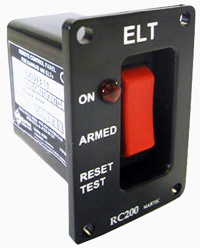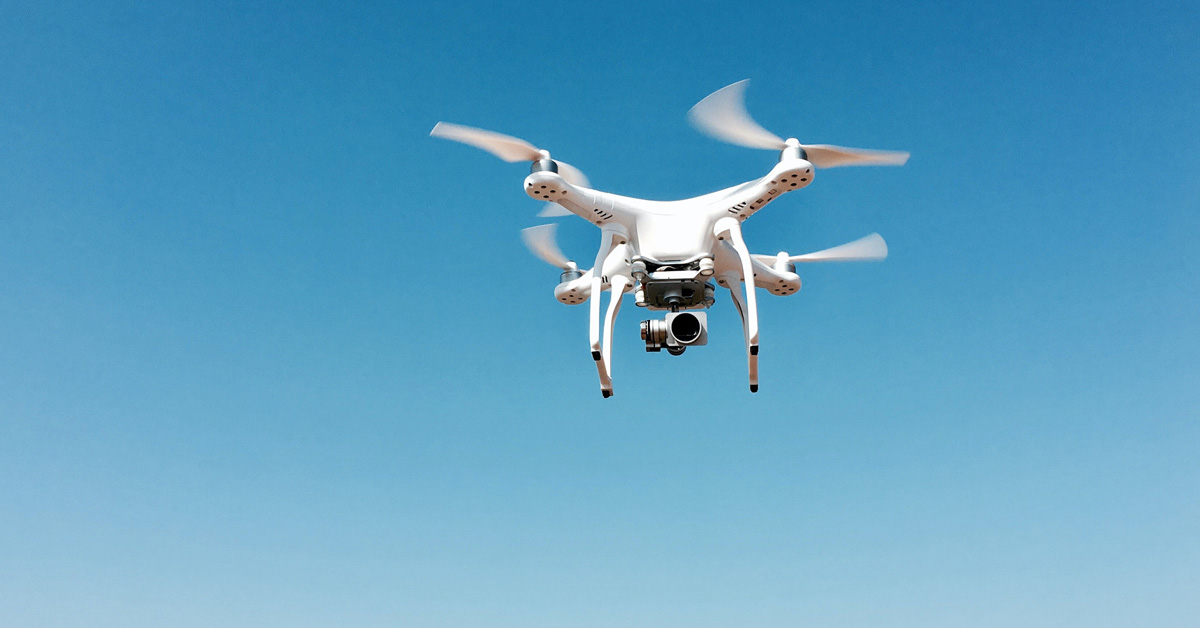In keeping with the theme from Monday’s post and celebration of the release of the new book Finding Carla, today we will continue the discussion on emergency locator transmitters (ELTs). Since the 1960s, technology has improved greatly and brought about new legislation requiring an ELT in all registered U.S. Civil aircraft with few exceptions. The ELT comes in all shapes and sizes from your traditional aircraft version to small handheld devices you can pick up at your local outdoor store. If you have a few thousand dollars burning a hole in your pocket you can even head down the street to your local fine jeweler and pick up one of those trendy Breitling watches with built in ELTs (I’ll take one for my Birthday in case anyone is feeling generous).
Let’s take a look at 14 CFR §91.207 which outlines the regulations surrounding the Emergency Locator Transmitter.

§91.207 Emergency locator transmitters.
(a) Except as provided in paragraphs (e) and (f) of this section, no person may operate a U.S.-registered civil airplane unless—
(1) There is attached to the airplane an approved automatic type emergency locator transmitter that is in operable condition for the following operations, except that after June 21, 1995, an emergency locator transmitter that meets the requirements of TSO-C91 may not be used for new installations:
(i) Those operations governed by the supplemental air carrier and commercial operator rules of parts 121 and 125;
(ii) Charter flights governed by the domestic and flag air carrier rules of part 121 of this chapter; and
(iii) Operations governed by part 135 of this chapter; or
(2) For operations other than those specified in paragraph (a)(1) of this section, there must be attached to the airplane an approved personal type or an approved automatic type emergency locator transmitter that is in operable condition, except that after June 21, 1995, an emergency locator transmitter that meets the requirements of TSO-C91 may not be used for new installations.
(b) Each emergency locator transmitter required by paragraph (a) of this section must be attached to the airplane in such a manner that the probability of damage to the transmitter in the event of crash impact is minimized. Fixed and deployable automatic type transmitters must be attached to the airplane as far aft as practicable.
(c) Batteries used in the emergency locator transmitters required by paragraphs (a) and (b) of this section must be replaced (or recharged, if the batteries are rechargeable)—
(1) When the transmitter has been in use for more than 1 cumulative hour; or
(2) When 50 percent of their useful life (or, for rechargeable batteries, 50 percent of their useful life of charge) has expired, as established by the transmitter manufacturer under its approval.
The new expiration date for replacing (or recharging) the battery must be legibly marked on the outside of the transmitter and entered in the aircraft maintenance record. Paragraph (c)(2) of this section does not apply to batteries (such as water-activated batteries) that are essentially unaffected during probable storage intervals.
(d) Each emergency locator transmitter required by paragraph (a) of this section must be inspected within 12 calendar months after the last inspection for—
(1) Proper installation;
(2) Battery corrosion;
(3) Operation of the controls and crash sensor; and
(4) The presence of a sufficient signal radiated from its antenna.
(e) Notwithstanding paragraph (a) of this section, a person may—
(1) Ferry a newly acquired airplane from the place where possession of it was taken to a place where the emergency locator transmitter is to be installed; and
(2) Ferry an airplane with an inoperative emergency locator transmitter from a place where repairs or replacements cannot be made to a place where they can be made.
No person other than required crewmembers may be carried aboard an airplane being ferried under paragraph (e) of this section.
(f) Paragraph (a) of this section does not apply to—
(1) Before January 1, 2004, turbojet-powered aircraft;
(2) Aircraft while engaged in scheduled flights by scheduled air carriers;
(3) Aircraft while engaged in training operations conducted entirely within a 50-nautical mile radius of the airport from which such local flight operations began;
(4) Aircraft while engaged in flight operations incident to design and testing;
(5) New aircraft while engaged in flight operations incident to their manufacture, preparation, and delivery;
(6) Aircraft while engaged in flight operations incident to the aerial application of chemicals and other substances for agricultural purposes;
(7) Aircraft certificated by the Administrator for research and development purposes;
(8) Aircraft while used for showing compliance with regulations, crew training, exhibition, air racing, or market surveys;
(9) Aircraft equipped to carry not more than one person.
(10) An aircraft during any period for which the transmitter has been temporarily removed for inspection, repair, modification, or replacement, subject to the following:
(i) No person may operate the aircraft unless the aircraft records contain an entry which includes the date of initial removal, the make, model, serial number, and reason for removing the transmitter, and a placard located in view of the pilot to show “ELT not installed.”
(ii) No person may operate the aircraft more than 90 days after the ELT is initially removed from the aircraft; and
(11) On and after January 1, 2004, aircraft with a maximum payload capacity of more than 18,000 pounds when used in air transportation.
You can be certain that you will be tested on this regulation, not only on your knowledge exam but on the oral portion of the checkride as well. To highlight a few of the more important elements in which you will likely see on your knowledge test.
- Emergency Locator Transmitters (ELT) have been developed as a means of locating downed aircraft. Transmitting on 121.5 and 406 MHz, the ELT will operate continuously for at least 48 hours after impact.
- To prevent false alarms, the ELT should be tested only during the first 5 minutes after any hour and only for one to three sweeps. False alarms can also be minimized by monitoring 121.5 or 406 MHz prior to engine shutdown at the end of each flight.
- Non-rechargeable batteries used in ELTs must be replaced when 50% of their useful life has expired, or when the transmitter has been in use for more than 1 cumulative hour.
Between Monday’s and today’s post let’s see if you can correctly answer the group of sample knowledge test questions below.
1. When are non-rechargeable batteries of an emergency locator transmitter (ELT) required to be replaced?
A-Every 24 months.
B-When 50 percent of their useful life expires.
C-At the time of each 100-hour or annual inspection.
2. When may an emergency locator transmitter (ELT) be tested?
A-Anytime.
B-At 15 and 45 minutes past the hour.
C-During the first 5 minutes after the hour.
3. Which procedure is recommended to ensure that the emergency locator transmitter (ELT) has not been activated?
A-Turn off the aircraft ELT after landing.
B-Ask the airport tower if they are receiving an ELT signal.
C-Monitor 121.5 before engine shutdown.
4. When activated, an emergency locator transmitter (ELT) transmits on
A-118.0 and 118.8 MHz.
B-121.5 and 243.0 MHz.
C-123.0 and 119.0 MHz.
Answers and Explanations to above questions.
And be sure to check out the newly released Finding Carla which in part led to the above regulation.





